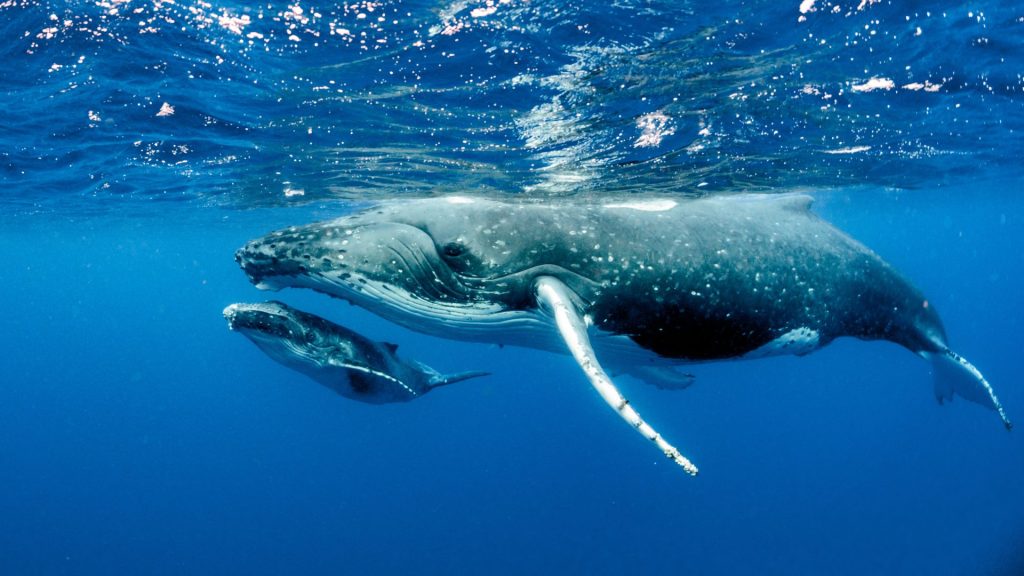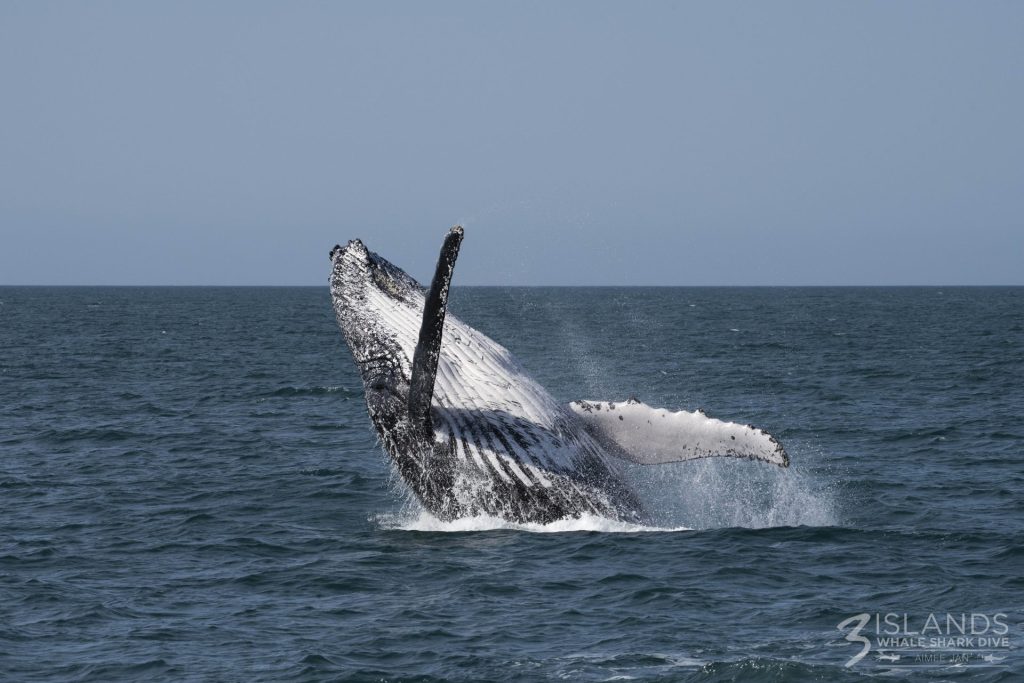Fun Humpback Whale Facts For Kids
Humpback whales are among the most fascinating creatures in the ocean, captivating anyone lucky enough to spot them! Whether your family is planning a trip to the coast or simply curious about marine life, these fun humpback whale facts for kids will spark curiosity and wonder.
Let’s dive into some interesting facts about humpback whales that are perfect for young ocean explorers!
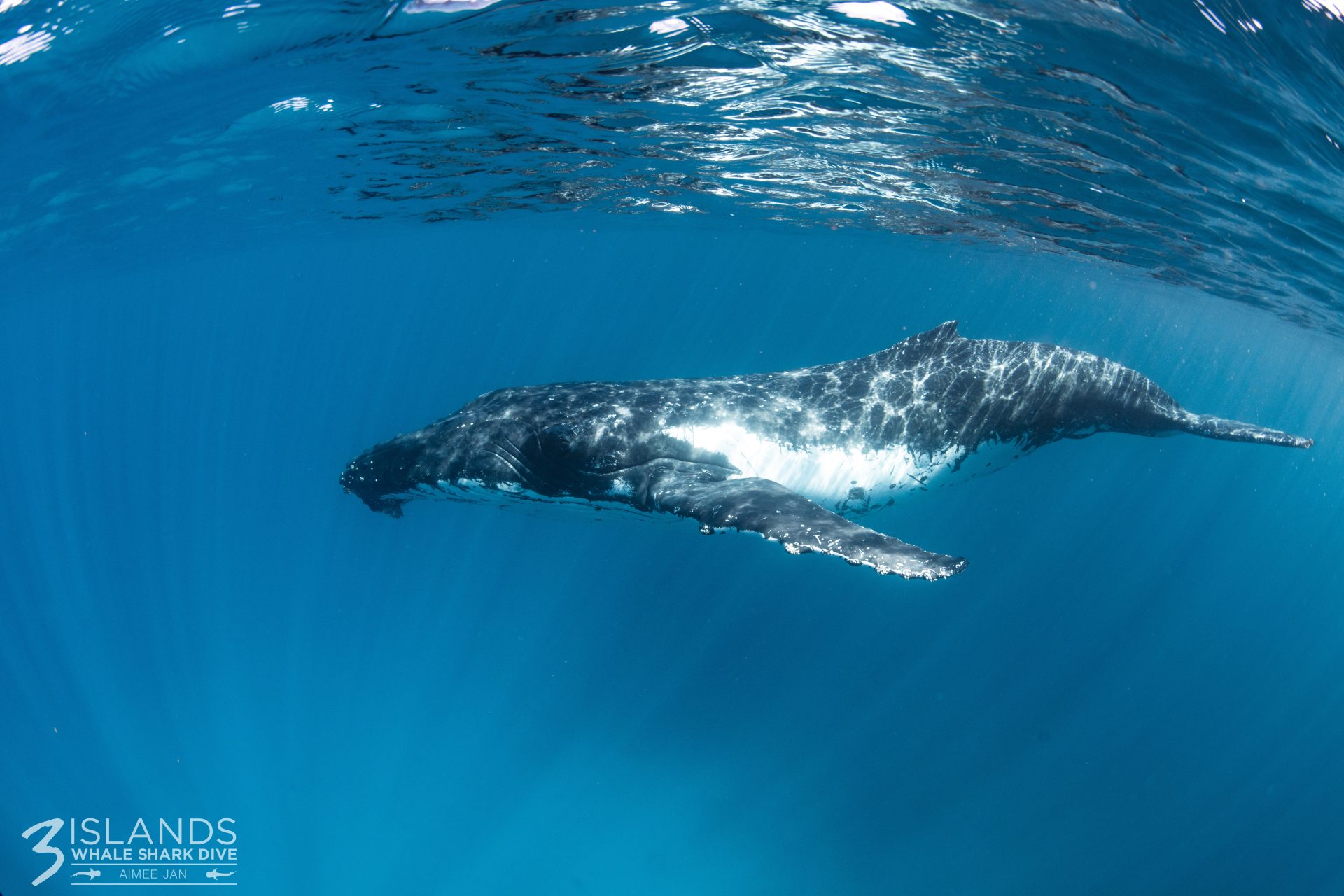
What is a humpback whale?
First thing’s first—what exactly is a humpback whale? These enormous creatures are among the largest animals on Earth. Humpbacks can grow up to 16 metres long and weigh as much as 40 tons—about the length of three school buses and the weight of ten elephants. Despite their size, they move gracefully through the ocean and travel enormous distances.
Epic Humpback Whale Songs
One of the coolest humpback whale facts for kids is all about their songs. Humpback whales are the rock stars of the ocean, belting out tunes that can be heard underwater for miles. These songs, sung by male whales, can last anywhere from 10 to 20 minutes and sometimes even hours! Scientists think these melodies are a way to chat and impress potential mates. Every year, their songs evolve and change, adding new elements and sounds, just like pop music!
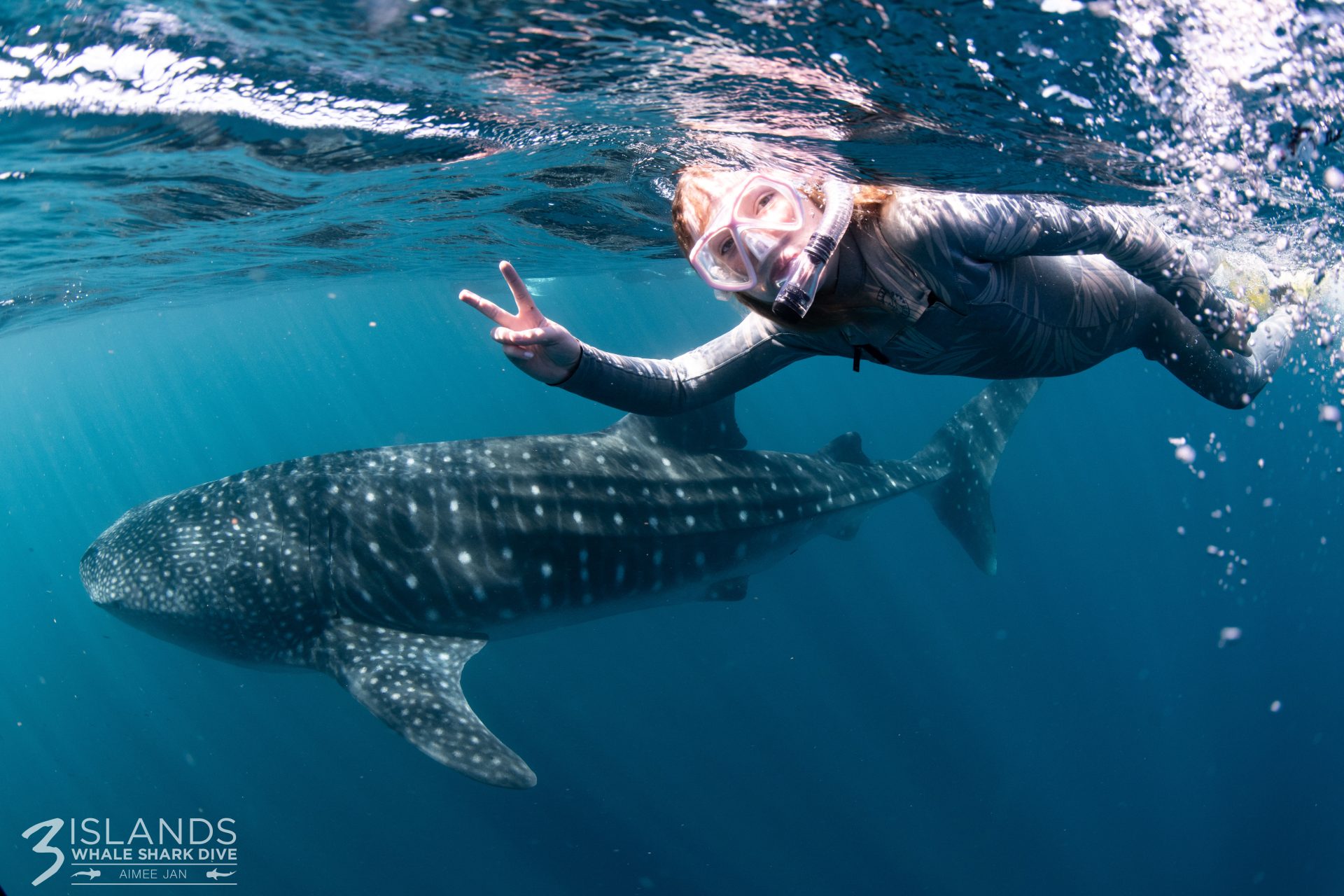
How Do Humpback Whales Travel?
Humpback whales are the ultimate world travellers. Each year, they migrate thousands of kilometres, from warm tropical waters—where they give birth to their calves—to chilly polar regions, where they feast on krill and small fish. These incredible journeys can cover up to 16,000 kilometres round-trip, showcasing their endurance and the sheer scale of their natural instincts!
Whale Flippers and Tails
Check out those flippers! Humpback whales have the longest pectoral fins of any whale species. These fins can be up to one-third of their body length. Another distinctive feature is their tail, or fluke, which has a unique pattern on the underside. Each whale’s fluke has a different pattern, like a fingerprint. Scientists use these patterns to identify individual whales.
Baby Humpback Whales
There’s something magical about baby humpback whales, also known as calves. Born in warm waters, these calves are already quite large at birth—around 4 to 5 meters long, about the size of a car. They grow quickly, gaining up to 45 kilograms per day thanks to their mother’s rich milk. Seeing a mother and calf together is a heartwarming sight that highlights the nurturing nature of these ocean giants.
Learning to Swim and Breach
Humpback whale calves stick close to their mums, learning to swim and play. One of the most fun humpback whale facts for kids is about breaching. Breaching is when whales leap out of the water and make a huge splash. These massive somersaults are a way to chat, play, and shake off annoying parasites.
What Do Humpback Whales Eat?
Humpback whales are filter feeders, primarily dining on small fish and krill. They use a fascinating hunting technique called bubble-net feeding, blowing bubbles in a circle to trap their prey before swimming up through the centre with their mouths wide open. This method showcases their intelligence and cooperation, making it one of the most interesting feeding strategies in the animal kingdom.
The Big Gulp
Humpback whales have pleated throats that expand like an accordion, to chow down on tiny sea creatures. This lets them take in huge gulps of water filled with food. They then push the water out through their baleen plates, which act like a filter, keeping the food inside and water out.
Where Can You See Humpback Whales?
If you’re itching to see humpback whales up close, you’re in luck! These whales love hanging out near the shore, making them one of the easiest whales to spot. Some top spots to see them include Western Australia’s Ningaloo Reef. Join a tour with Three Islands Whale Shark Dive and experience these incredible creatures for yourself!
Whale Watching Tips
When you go whale watching, don’t forget your binoculars and camera. Always keep a safe distance and follow the guidelines to avoid disturbing the whales. The best time to see them is during their annual migration from May to December!
Quick and Fun Humpback Whale Facts for Kids
Ready for the lightning round?
- Humpback whales can hold their breath for up to 45 minutes, but they usually surface every 5 to 10 minutes for a breath.
- They’re amazing acrobats! Besides breaching, they also slap the water with their tails and flippers.
- Humpback whales have bumps called tubercles on their heads and flippers. These help them glide through the water smoothly.
- They can swim up to 27 kilometres per hour.
- Humpback whales are known to help other whales and even seals in trouble. They’re like the superheroes of the sea!
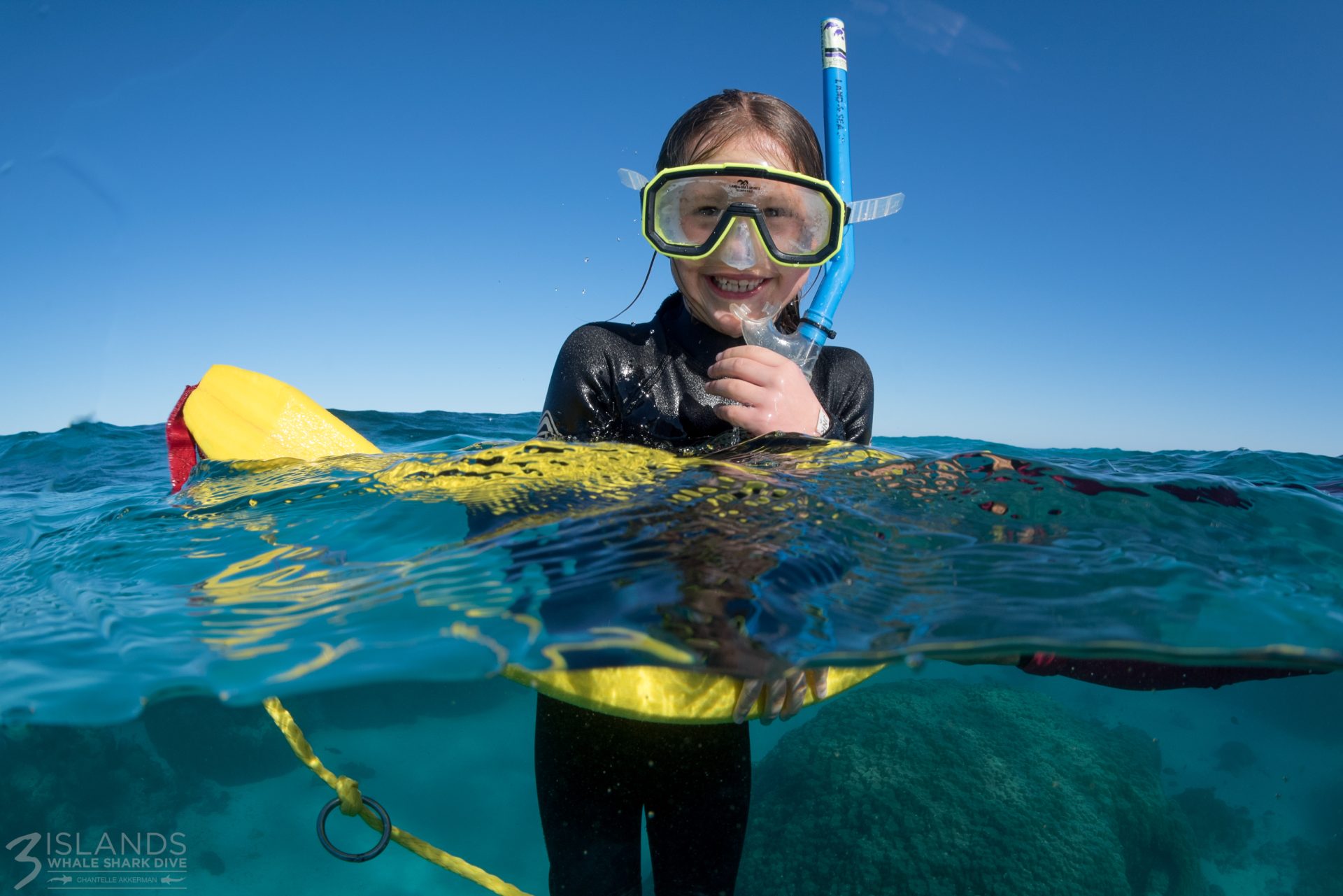
Why Are Humpback Whales Important?
Humpback whales are essential to the ocean’s ecosystem. They help keep the marine environment healthy by balancing the food chain. When they migrate, they carry nutrients from one part of the ocean to another, supporting the growth of plankton, the base of the marine food web.
Protecting Humpback Whales
Sadly, humpback whales face threats from pollution, climate change, and ship strikes. It’s up to us to protect these gentle giants and their habitat. By supporting conservation efforts and being mindful of our actions, we can help ensure humpback whales continue to thrive.
How Can You Help Humpback Whales?
You can be a hero for humpback whales by:
- Learning more about them and sharing your knowledge.
- Reducing plastic use to keep the oceans clean.
- Supporting organisations that protect marine life.
- Joining beach clean-ups and conservation projects.
Join a Whale Tour
One of the best ways to learn about humpback whales and support their conservation is by joining a humpback whale tour in Exmouth. Three Islands Whale Shark Dive offers fantastic tours that let you see these magnificent creatures and learn about their importance and protection.
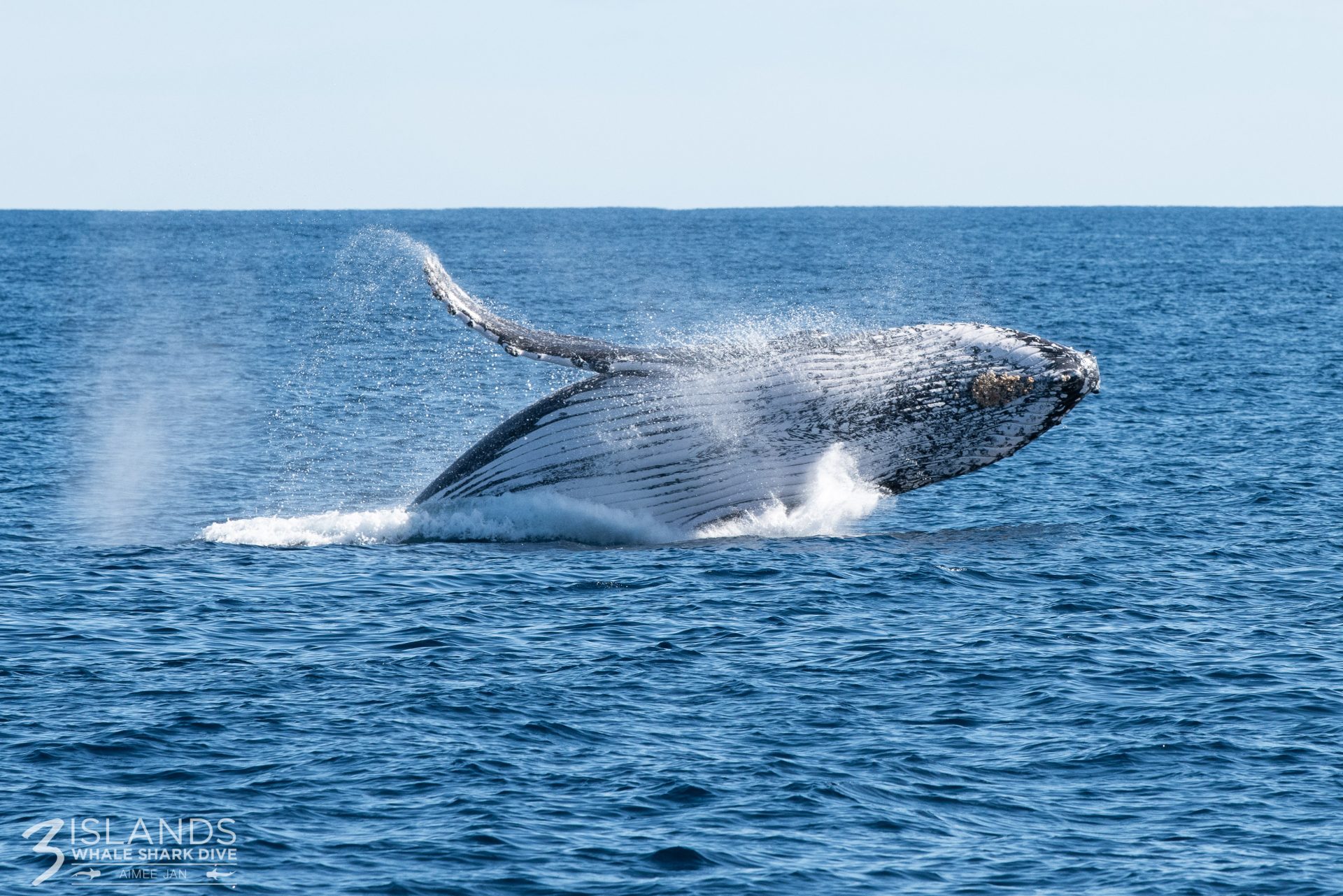
Go on the experience of a lifetime
Humpback whales are truly awesome with so many fascinating facts that make them unique. From their beautiful songs to their incredible acrobatics, these gentle giants captivate everyone. Next time you’re on the Ningaloo Coast, keep an eye out for a spout of water or a tail splash—you might spot a humpback whale!
Or, better yet, join a humpback whale tour! Joining a humpback whale tour is the best way to experience these incredible creatures. Visit Three Islands Whale Shark Dive and book your adventure today.
More...
The Lifecycle of a Humpback Whale
The lifecycle of a humpback whale is one of the most amazing journeys on the planet. From their birth in warm tropical waters to their long migrations and incredible feeding techniques, humpbacks are constantly on the move, playing a vital role in ocean health along the way. At Three Islands Whale Shark Dive, we love…
Why Do Humpback Whales Sing?
Did you know that sounds travel up to four times faster in water than in air? Like most marine animals traversing the deep, dark ocean, humpback whales rely on vocalisation to communicate underwater. But why do humpback whales sing? And, how? For mating purposes? To communicate? To find food? To show off? A series of…


